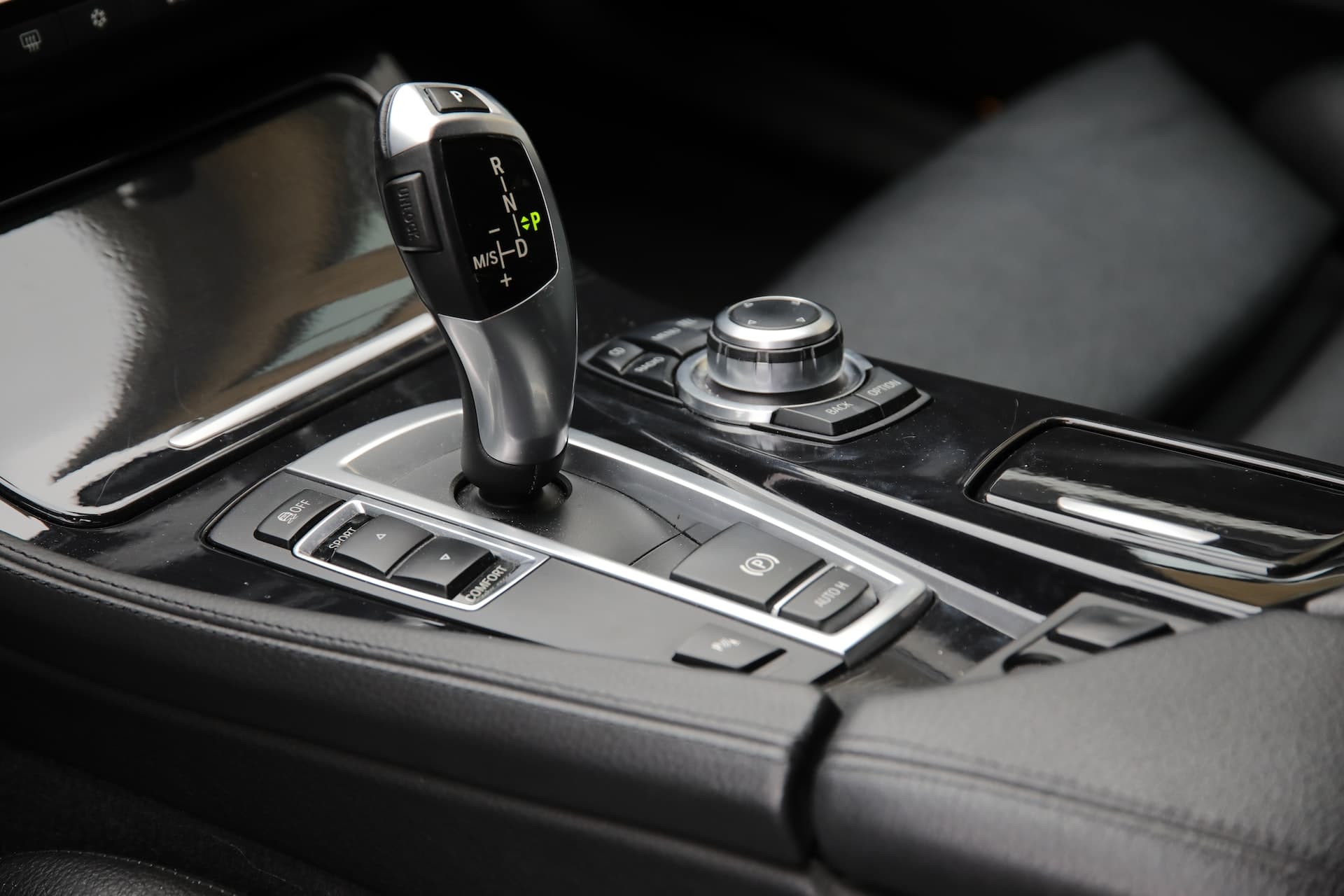
Among motorists, the arguments about what is better: automatic or manual transmission are not quieting down. Proponents of traditional solutions complain about the automatic transmission, proving that there is nothing better than “manual”. Others again praise the convenience of the “automatic” and vow never to return to a manual transmission. As in any dispute, each side is a little bit right. We will try to give you a factual presentation of the pros and cons of both solutions.
On a manual transmission you can immediately accelerate your car to the highest speed. A classic automatic at a certain rpm begins to shift gears, so a manual transmission provides greater driving dynamics.
With efficient gear shifting, as well as the ability to idle, you can save a lot on fuel. Such benefits will not be provided by an automatic transmission, in which even putting in slack while driving is discouraged.
Every transmission needs a special fluid. An automatic transmission requires 6 to 10 liters of oil, while a mechanical transmission requires about 3 liters.
The first disadvantage of a manual transmission is lower driving comfort, which is felt primarily by novice drivers. They find the starting maneuver especially difficult, as well as driving uphill.
Poorly dynamic and smooth driving can lead to clutch burnout. And this caution applies especially to inexperienced drivers. And replacing the clutch is already an expensive repair, which automatic drivers, by definition, do not have to worry about.
Lower engine life in cars with mechanical transmissions is due to the fact that their drivers easily allow the engine to overheat, especially if they like to drive fast.
While a classic automatic with a torque converter actually severely limits the car’s performance, automatic dual-clutch transmissions such as DSG perform better than a manual transmission. When driving on such an automatic, two gears are engaged at the same time, which makes shifting up or down very fast.
A classic automatic actually consumes more fuel, but newer models or transmissions use much less fuel than manual transmissions.
An automatic transmission means a more comfortable driving experience. Even an inexperienced driver can smoothly, without nerves or the so-called “kangaroo”, start the car without posing a risk on the road.
Automatic transmissions control the revs more and protect the engine from overheating.
As noted above, a car with a classic automatic accelerates more slowly than a vehicle with a manual transmission. The classic also has only four gears and consumes more fuel than a manual transmission. All models, both newer and older, require more transmission oil.
The undeniable downside of automatic cars is also their higher price. The cost of operating and repairing an automatic transmission is also much higher, and you should know that according to statistics, manual transmissions break down much less often.
main photo: unsplash.com/Jean-Philippe Delberghe